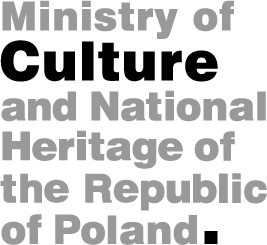|
|
the Battle of Tannenberg In the days between 23 and 30 August 1914, east of the village of (Tannenberg), a battle occurred which proved decisive in the First World War, being fought within the framework of the East Prussian operation between the forces of the German Empire - in the form of the 8th Army under Generals Paul von Hindenburg and Erich Ludendorff - and the forces of the Russian Empire - the 2nd Army of General Alexander Samsonov (who committed suicide after being defeated). The war operations concluded with the debacle of the Russians. the Germans took over 92,000 POWs; almost 500 cannons, belonging to the 2nd Army became the spoil, whilst the number of dead and lost Russian soldiers was calculated at around 30,000. the XIII and XV corps ceased to exist with only 50 officers and 2,100 of its soldiers surviving. The victory of Germany, after its former defeat on the Marne River, had a huge psychological impact and launched the cult of Marshal Hindenburg as the Tannenberg hero, considerably influencing his election as the Reich President in 1925. Nevertheless, it was General Max Hoffman (1869-1927) whose contribution to the victory was the greatest. He had gained experience in both tactics and strategy during the Russian-Japanese war in 1904-1905, which now proved extremely useful in the fight against the Russians. German historiography calls the lost) Battle of Grunwald against the Polish king Władysław Jagiełło in 1410 "the First Battle of Tannenberg". the new, victorious battle of 1914 was thus used as propaganda, being proclaimed as a great victory (the Second Battle of Tannenberg) and revenge for the Grunwald of 1410. In its reception by society as a whole, the Battle of Tannenberg from 1914 became the most important symbol of victory for the Germans, consequently - a perfect pretext to commemorate the event. In 1932, a German-Swiss film director Heinz Paul realised a film entitled Tannenberg, featuring war operations. the film was shot on the location of the historic Battle in East Prussia and at UFA's Babelsberg Studios in the summer of 1932. Production costs exceeded half a million German marks (with 8000 people employed in its realisation). the Tannenberg film, glorifying the German victory from 1914, reinforced the success as a German national symbol. |
.jpg)
The Battle of Tannenberg. General Francois (right) during a conversation with the Russian General Aluyeev. .jpg)
A Russian patrol on the front line in East Prussia. |
|||
| |||||
